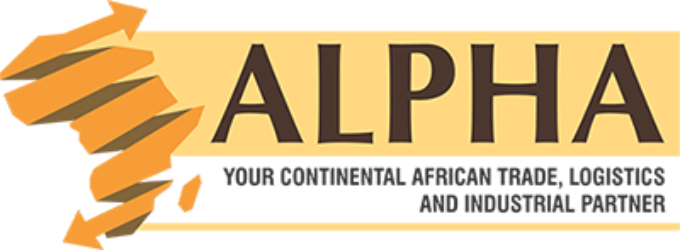Ghana
| Port location | TEMA |
| Name of port | Port of TEMA |
| Port type | Seaport |
| Management | GPHA |
| Website | www.ghanaports.gov.gh |
| Port services | Pilotage, ship repair facilities, towage, mooring/unmooring/berthing, stevedoring, shore handling, dock labour service, clearing, forwarding and security. |
| Port facilities | Port equipment includes a dockside crane, container gantries, mobile cranes, a reachstacker, Ro-Ro Tugmaster, transtainer and forklifts. |
| Business section | Oil and gas, energy, industrial logistics, port projects, renewables, pharmaceutical, hi-tech/telecom, automotive, mining and manufacturing. |
| New development | USD $1.5 Billion TEMA Port Expansion Project started in 2016. |
| Export and import opportunities | Leading exports include manganese, bauxite, forest products and bulk and bagged cocoa beans, along with mining equipment, while leading imports include clinker, wheat, petroleum products and containerised cargo. |
| Export destinations | Switzerland, India, the United Arab Emirates, China and Vietnam. |
| Shipping lines | MOL, Panalpina, Salmarine, K line, Grimaldi, Hapag Lloyd and United Arab Shipping. |
| Borders | Ghana borders Burkina Faso, Cote d’Ivoire and Togo by land and Benin and Nigeria by sea. |
The Ghana Ports and Harbours Authority (GPHA) is responsible for the strategic development and operation of ports in Ghana known as the Port of Sekondi-Takoradi, the Port of TEMA and the Fishing Harbour at TEMA. The Port of TEMA receives an average of over 1,650 vessel calls per year. These include container vessels, general cargo vessels, tankers, Ro-Ro and cruise vessels among many others. Container traffic through TEMA Port has seen a lot of growth as has shipping activities in Takoradi Port owing to the discovery of oil. Ghana’s principal Port of TEMA handles 80% of the nation’s worldwide cargo load.
The Port of Takoradi, in the west of the country, serves the needs of the mining industry and handles imports of consumer goods. Takoradi, the regional capital of the Western Region of Ghana, is about 230 km east of Accra. This port is well connected to its hinterland which makes it the preferred and ideal gateway to the central and northern part of Ghana and the Sahelian countries of Burkina Faso, Niger and Mali. The port has six (6) berths with draughts between 8.4 metres and 10 metres, in addition to dedicated manganese, bauxite and oil berths.
© 2026 Alpha Port. All Rights Reserved.

